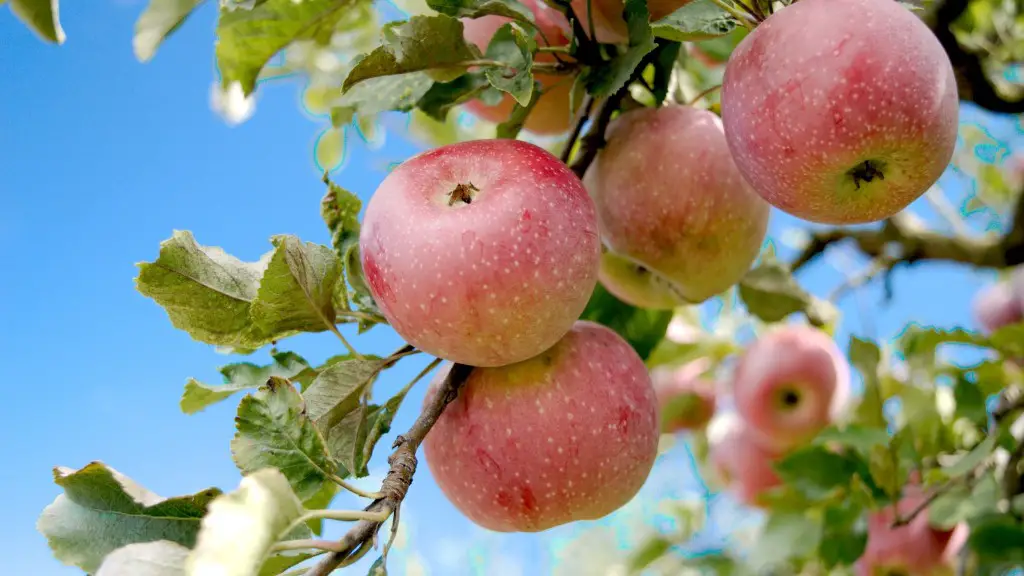Florida is one of the top states in the US where avocado trees and other tropical plants efficiently grow and produce fruit. Known for its incredibly hot and humid weather, planting an avocado tree in Florida can certainly be a rewarding experience. If done correctly, an avocado tree in Florida can live for over 100 years and offer a bounty of fresh fruit for you or your family for generations to come. Here are some important tips on how to plant an avocado tree in Florida and enjoy its bountiful harvest for years to come.
Understand the Growing Conditions
Avocado trees thrive in spots that receive direct sunlight and warm temperatures. Choose a location that provides lots of sun and excellent drainage. The avocado tree also needs support once it starts to grow. Use stakes or a trellis system to help the trunk gain stability and create an upward-growing shape. Make sure the area is also safe from any pests or critters that can harm the growth of the tree.
Choose the Variety
Avocados come in numerous varieties ranging from Type A (Hass) to Type B (Fuerte). Type A gives a skin that is pebbly and thick, while Type B’s surface is smoother. Hass is more popular in Florida because of its exceptionally high yield and is more resistant to disease. When choosing the variety, pick whichever one has a taste that you prefer and is suited for the particular climate of Florida.
Planting the Avocado Tree
Once you have the perfect spot chosen, it’s time to get the tree planted. Start by digging a hole that is twice as wide and deep as the avocado tree’s root ball. Place the tree in the hole and fill around the trunk with soil and water to settle it. Prune the root tips to encourage the growth of roots. Trim down the lower branches to form a conical shape and remove the topmost branches for balance.
Caring for the Avocado Tree
After planting, you will need to take proper care of the avocado tree. Water it regularly and ensure that the soil is moist but not soggy. An ideal watering schedule is twice a week in the morning. To encourage flower formation, the tree should get full sun exposure for about eight hours a day. You can add organic fertilizers to encourage growth but make sure not to overfeed.
Protecting the Avocado Tree
When the tree begins to bear fruit, it needs to be protected. Guard the tree against disease by regularly pruning it to eliminate dead or infected branches and leaves. Additionally, place netting around the tree to protect it from birds and other potential predators. To ensure the tree’s health, monitor the soil’s pH and add potting mix if it’s too acidic.
Harvesting the Avocado Fruit
The harvesting process begins in the early spring. Use a ladder to access the fruits, and use pruning shears to cut them off the tree. Wear gloves to protect your hands against the tree’s sharp thorns. Immediately remove air-exposed fruits to prevent any spoilage. To soft-ripen the fruits, leave them in the sun until the skin color darkens and they yield to the touch.
Plants Compliment Avocado Trees
When planting avocado trees, it’s also useful to consider your preferences for surrounding plants. For beauty, try choosing taller plants as background, such as palm trees, and then adding colorful flowers as low plants. On the other hand, you may prefer to have herbs, such as rosemary and basil, to make them readily available for cooking and recipes.
Pruning Avocado Trees
Proper pruning is essential to get the most out of your avocado tree and keep it healthy. Avocado trees should be pruned from February to May once a year. Weak limbs, deadwood, and overcrowded limbs should be removed. Start by removing any damaged or diseased tissue and then move on to structural pruning. Avocado trees should be pruned to improve air and light penetration into the interior of the tree, allowing new growth to occur.
Water and Fertilizing Avocado Trees
Avocado trees need adequate water and fertilization but too much of either can cause damage. Water should be applied evenly, and care should be taken to avoid overwatering. Too much water can lead to root rot, while too little water can lead to poor fruit quality and yield. As far as fertilizing is concerned, it should be done with caution as too much nitrogen can lead to excessive foliage at the expense of fruit production.
Insects, Pests, and Diseases
Avocado trees may be subject to various pests and diseases. Common pests that attack avocado trees include red mites, aphids, and whiteflies. It’s important to take early steps to prevent pests and diseases as they can quickly spread to other trees in the area. Watching out for signs of pests and diseases such as yellowing leaves, spots on the leaves, and distorted fruits is also beneficial.
Harvesting Aftercare
To ensure the maximum shelf life of an avocado, it’s important to practice good harvesting and post-harvesting care. Immediately after picking, place the fruit in a carton or tray and put it in a cool, dry place to reduce water loss. Make sure not to leave the fruit exposed to the sun for too long. Finally, store your avocado fruits in a cool, dry and dark place for optimal shelf life.


